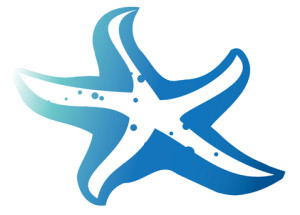by Tina Kelly –
Breaking it down to the basics, we have to acknowledge that a healthy watershed literally keeps us alive; our every breath of oxygen is thanks to the ocean and each sip of water is a product of healthy rivers, streams and the land surrounding them. But sometimes our health gets more complicated and viruses or disease strike. Is there help out there in our watershed for these? The answer is yes!
It’s been more than 100 years since the common pain relief, Aspirin, was derived from the bark of a willow tree in Germany, but did you know it’s been almost half a century since a cancer treatment was discovered right here in the Pacific yew (taxus brevifolia). Taxol (now called paclitaxel), found in the bark of this evergreen tree, has been successfully used for treating AIDS-related Kaposi sarcoma and breast, ovarian, lung and pancreatic cancers. As critical as this compound is, destroying all of these slow-growing Pacific yew trees is not sustainable. Knowing this, scientists worked hard at – and succeeded in – making a semi synthetic version in the lab.
A glowing green rabbit may not appear directly helpful to what ails you, but scientists have been doing just that as part of important biomedical research; an essential part of this process requires our local bioluminescent crystal jellyfish (aequorea victoria). Photoorgans found in this jellyfish are the source of the green fluorescent protein (GFP); this protein glows green when subjected to ultraviolet light. By attaching this protein to an object of interest – a cell, virus or another protein – scientists can track the object’s movement through a host by following the green glow. This process has been used to track the spread of cancer cells and progress of HIV. The discovery of this protein won its founders a Nobel Prize in 2008 and it is estimated to be used in more than one million experiments annually.
Currently a multitude of studies are looking at treatments and cures in the natural world: deep sea sponge compounds as anti-tumor agents, cone snail toxins as pain killers and sea whip extraction as an anti-inflammatory and wound healing accelerator. These are examples from the species we know about – 95% of the ocean is unexplored and new species are regularly discovered in our oceans, forests and other habitats worldwide.
It happens that we take clean air and water for granted, but let’s give more thought to caring for the plants – from the tiny to the giant – and the animals in the tree tops and ocean depths. We never know where we might find the next biomedical breakthrough.




